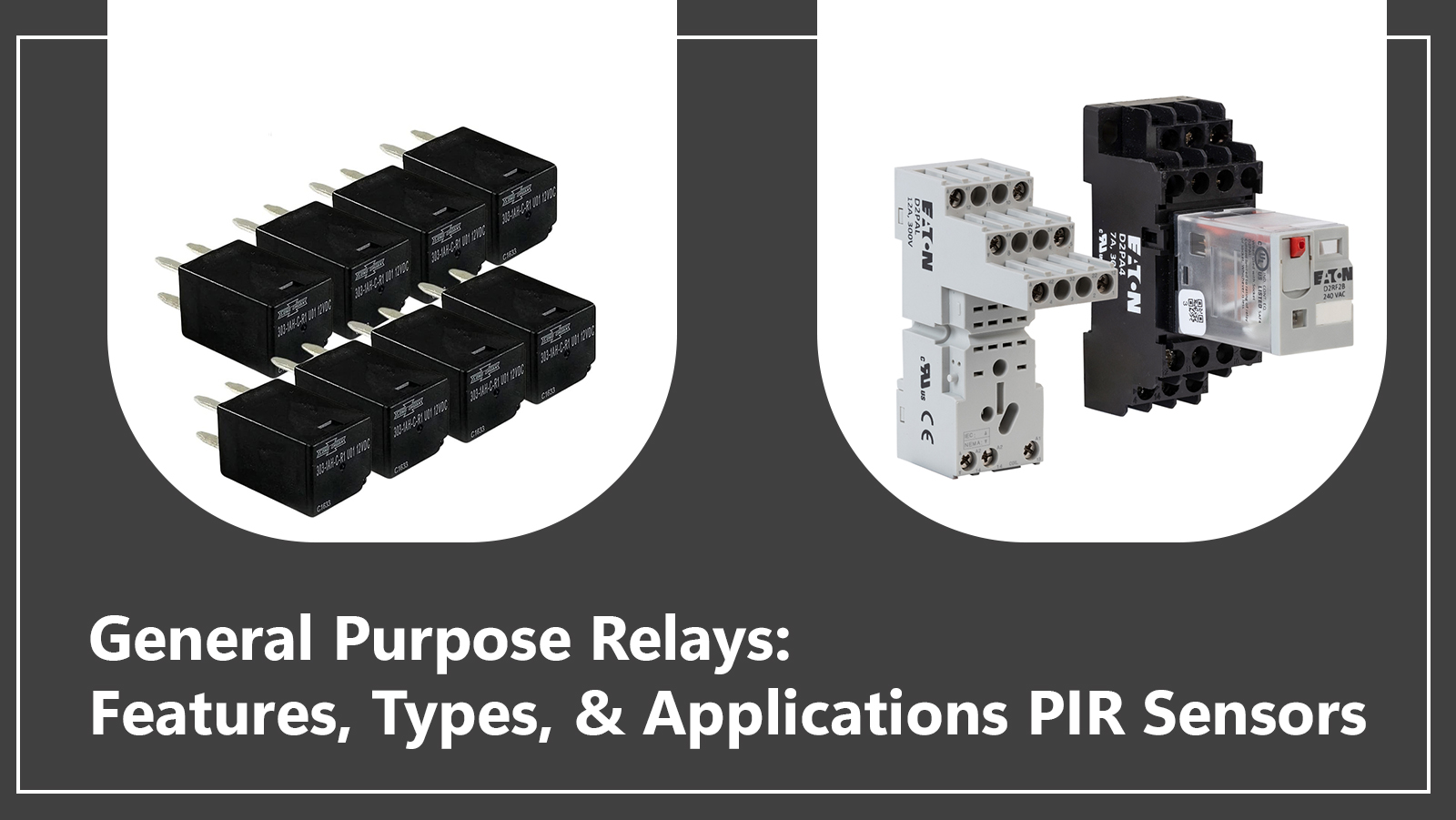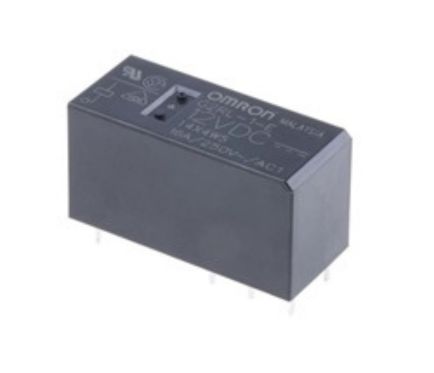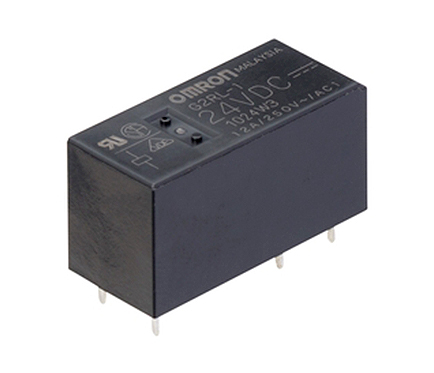General purpose relays serve as the cornerstone of the Omron relay offering, catering to a wide range of requirements across diverse industries. These relays are integral components in control systems where reliability is paramount, such as electricity, water, and gas control. Let’s delve into the various types, features, and applications of General Purpose Relays offered by Omron.
Types of General Purpose Relays:
Omron offers a comprehensive range of General Purpose Relays to meet different needs:
- For Control Panels: These relays, including MM(K), MK(S), MY, LY, G2R, G2RV, and G7T, typically feature 1 to 4 poles and are commonly utilized in relay sequences or I/O applications within control panels.
- Built-in: Designed for integration into devices, built-in relays like G7Z, G7J, and G7X can handle current loads of up to 40 A, making them ideal for controlling load power supplies.
- Work Saving: Work-saving relays, such as G6D-F4B and G6B-4BND, come in relay units and are favored for I/O applications in programmable controllers, offering downsizing and efficiency benefits.
- For Special Operations: Omron provides relays tailored for specific applications, such as alternative and stepping operations of pumps, with models like G4Q, G9B, and MYA.
Best Offer Available
General Purpose Relay Features:
– Latching Levers: Many General Purpose Relays feature transparent cases, allowing users to visually inspect the relay’s internals. Indicators and mechanical latching levers aid in operation checks and reduce man-hours for inspections.
What is the work of general purpose relay?
A General Purpose Relay is a simple relay used for switching a large current on or off via the use of a low-voltage circuit. This allows for a PLC (programmable logic controller) or other control systems to manage multiple relays and thus operate various higher-voltage circuits.
Applications of General Purpose Relays:
- Relay Sequences: These relays play a crucial role in constructing control circuits for automated machines in production environments, facilitating relay sequences for smooth operation.
- I/O Relays: Utilized as relays for transferring loads between controllers like PLCs and devices such as solenoid valves, I/O relays ensure efficient control and operation.
- Building Automation: General Purpose Relays are instrumental in lighting and air-conditioning control systems within buildings, contributing to energy efficiency and comfort.
- Infrastructure Support: From traffic management to water supply and information systems, these relays support various control applications critical for infrastructure operations.
- Smart Metering: Relays are essential components in smart metering, gas metering, and digital switching systems, ensuring accurate measurement and efficient data transmission.
- Plant Automation: Industries such as electricity, steel production, and gas processing rely on General Purpose Relays for plant automation, enabling seamless operations and process control.
Relay Sequences:
Relay sequences are constructed using basic circuits like NOT, AND, OR, and X-OR circuits combined with relays. These sequences facilitate intricate control processes in automated machinery.
Conclusion:
General Purpose Relays from Omron serve as versatile solutions for a multitude of control applications across industries. With various types catering to different needs and features like latching levers enhancing usability, these relays offer reliability and efficiency in controlling critical systems. From relay sequences in production environments to infrastructure support in buildings and beyond, Omron’s General Purpose Relays play a vital role in modern automation and control systems.




